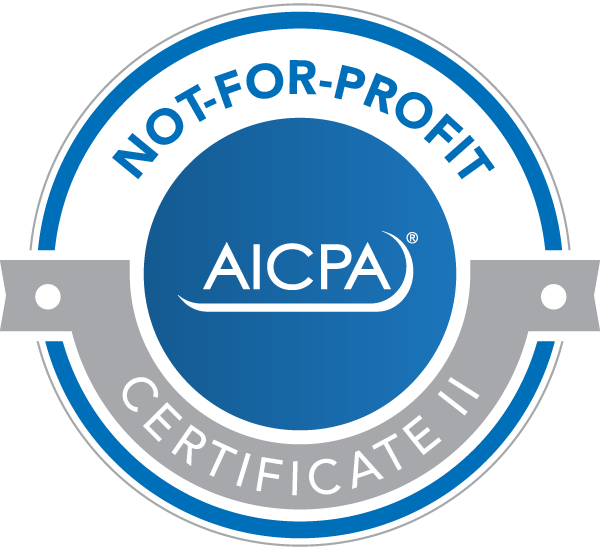There are several ways to save for your child’s or grandchild’s education, including with a Coverdell Education Savings Account (ESA). Although for federal tax purposes there’s no upfront deduction for contributions made to an ESA, the earnings on the contributions grow tax-free. In addition, no tax is due when the funds in the account are distributed, to the extent the amounts withdrawn don’t exceed the child’s qualified education expenses.
Qualified expenses include higher education tuition, fees, books and room, as well as elementary and secondary school expenses.

Contribution limits
The annual limit that can be contributed to a child’s ESA is $2,000 per year — from all contributors for all ESAs for the same child. The maximum dollar amount that any individual can contribute is phased out if the contributor’s adjusted gross income (with certain modifications) exceeds $95,000 ($190,000 for married joint filers).
However, this phaseout is easily avoided. A child can contribute to his or her own ESA, so a parent or other person whose contribution may be limited by the phaseout rule can give the money to an ESA as custodian for the child. Under those circumstances, the child is considered to be the contributor and, if the child’s adjusted gross income is below $95,000, the phaseout won’t apply.
Contributions that exceed $2,000 in total for a child for a year are subject to a 6% penalty tax until the excess (plus earnings) are withdrawn.
How long can you make ESA contributions? They can be made until a child reaches age 18 (but this age limit doesn’t apply to a beneficiary with special needs who requires additional time to complete his or her education). A beneficiary doesn’t have to be your own child.
Taking money out
Withdrawals from an ESA during a year that exceed the child’s qualified education expenses for that year are included in the child’s income (to the extent of the earnings portion of the distribution) and are also subject to an additional 10% tax.
Tax-free transfers or rollovers of account balances from an ESA benefiting one beneficiary to another account benefiting another person are allowed, if the new beneficiary hasn’t reached 30, and is a member of the family of the old beneficiary. (The age limit doesn’t apply to a beneficiary with special needs.)
If you’re interested in discussing a Coverdell ESA, or other education planning options, please contact us.
- Evaluate whether a Health Savings Account is beneficial to you - September 19, 2023
- Investment swings: What’s the tax impact? - September 12, 2023
- Plan now for year-end gifts with the gift tax annual exclusion - September 5, 2023
- Selling your home for a big profit? Here are the tax rules - August 29, 2023
- The tax consequences of employer-provided life insurance - August 22, 2023









